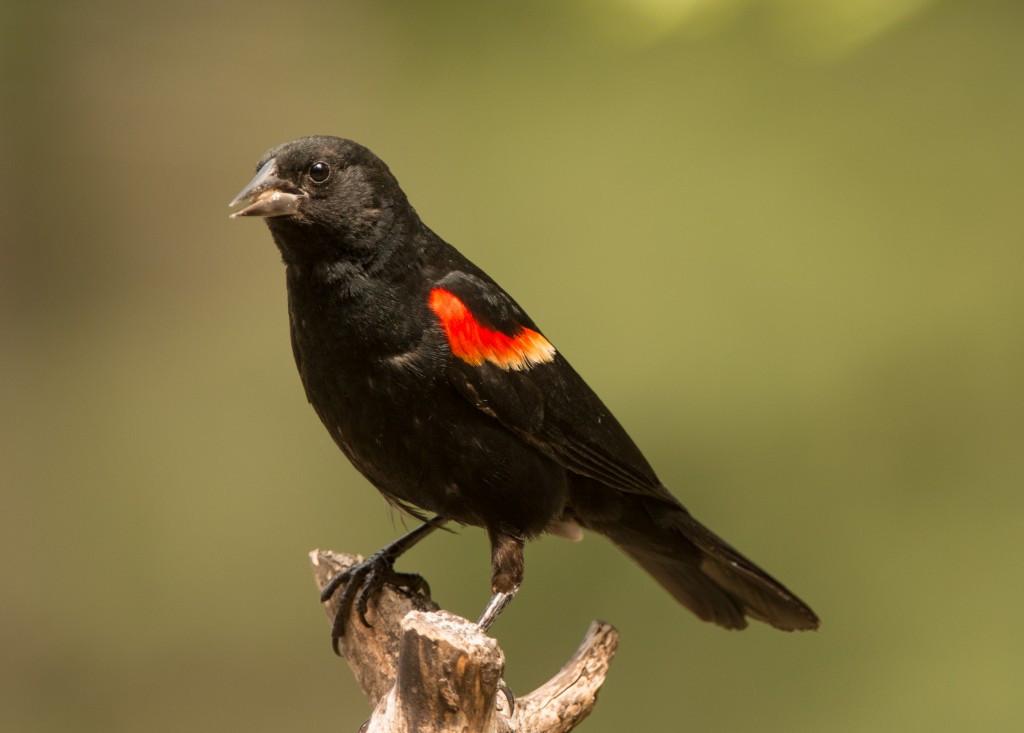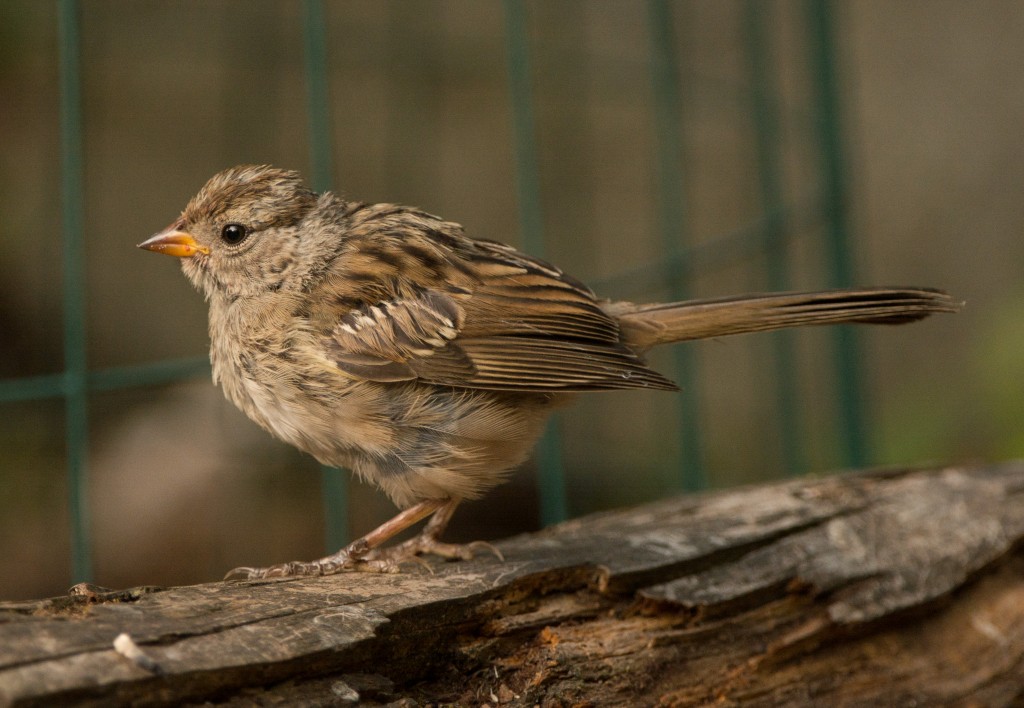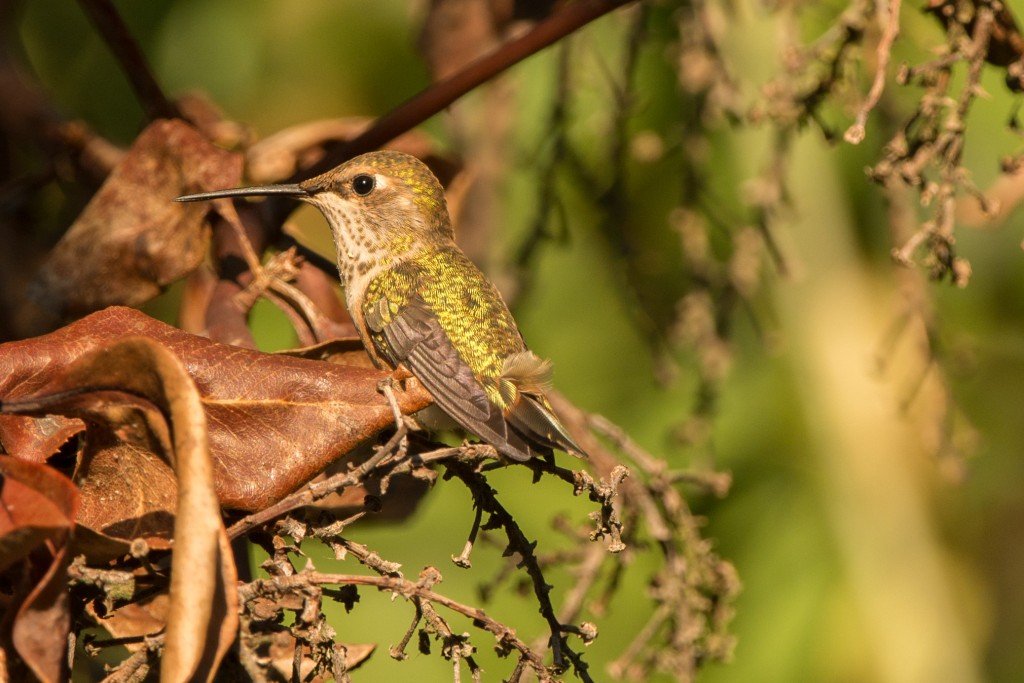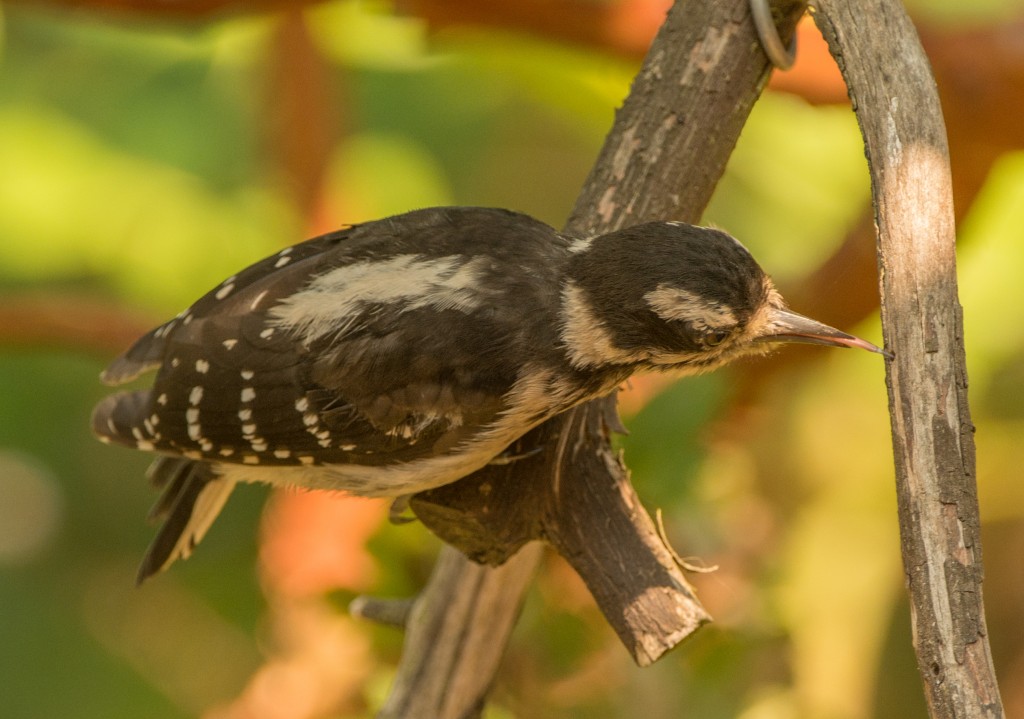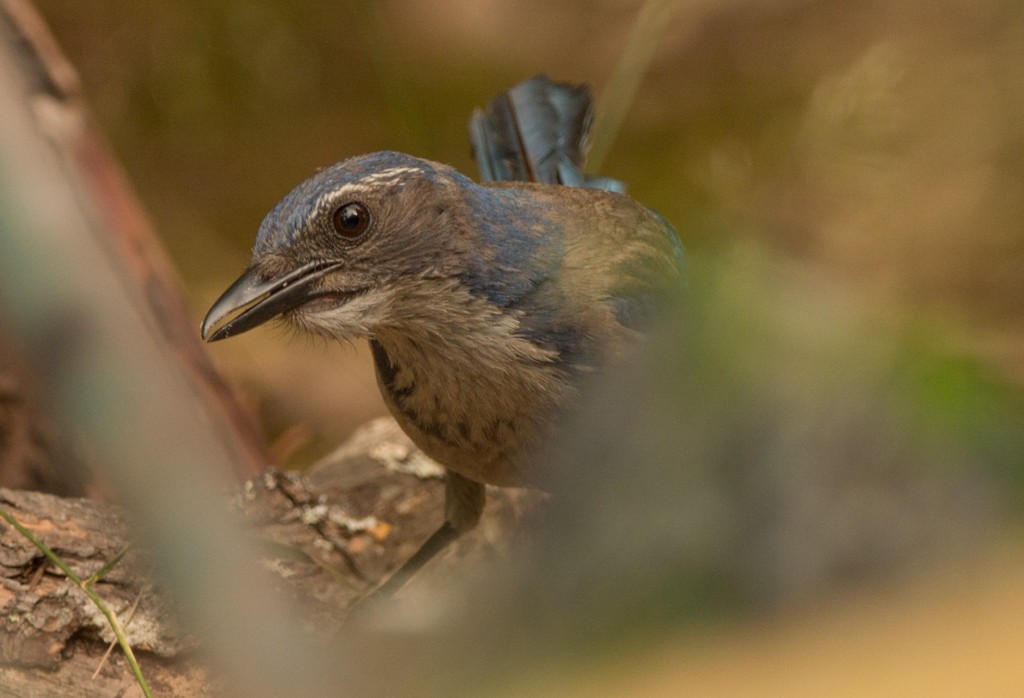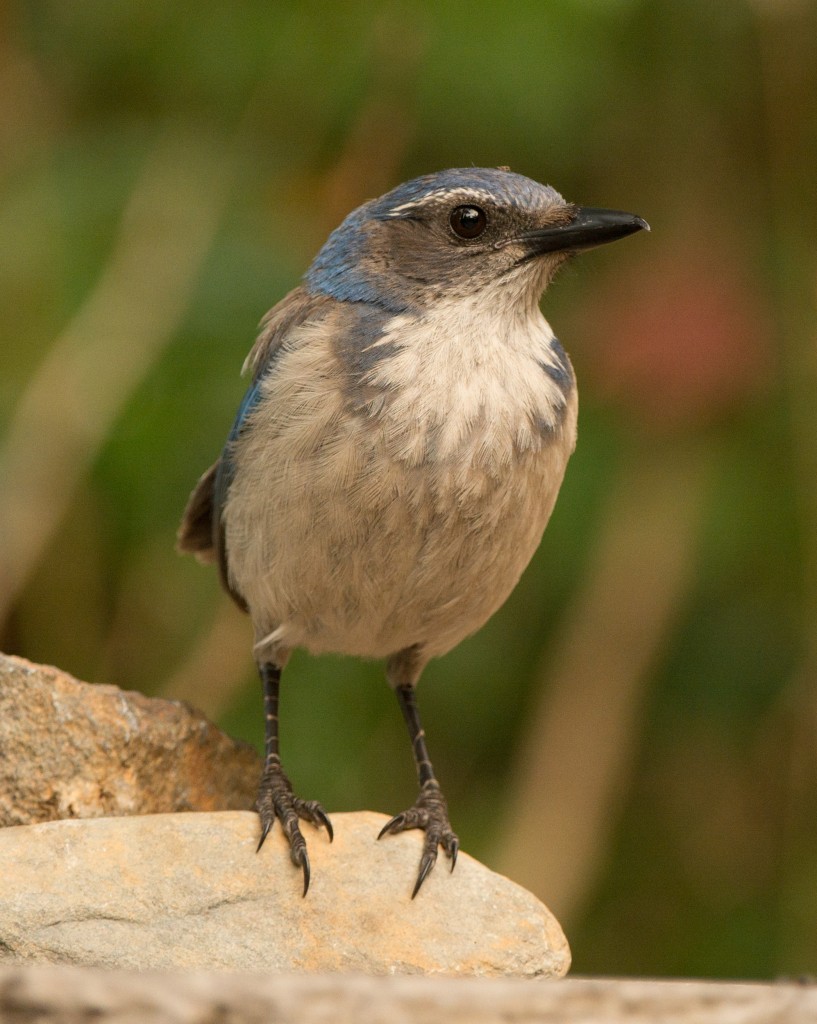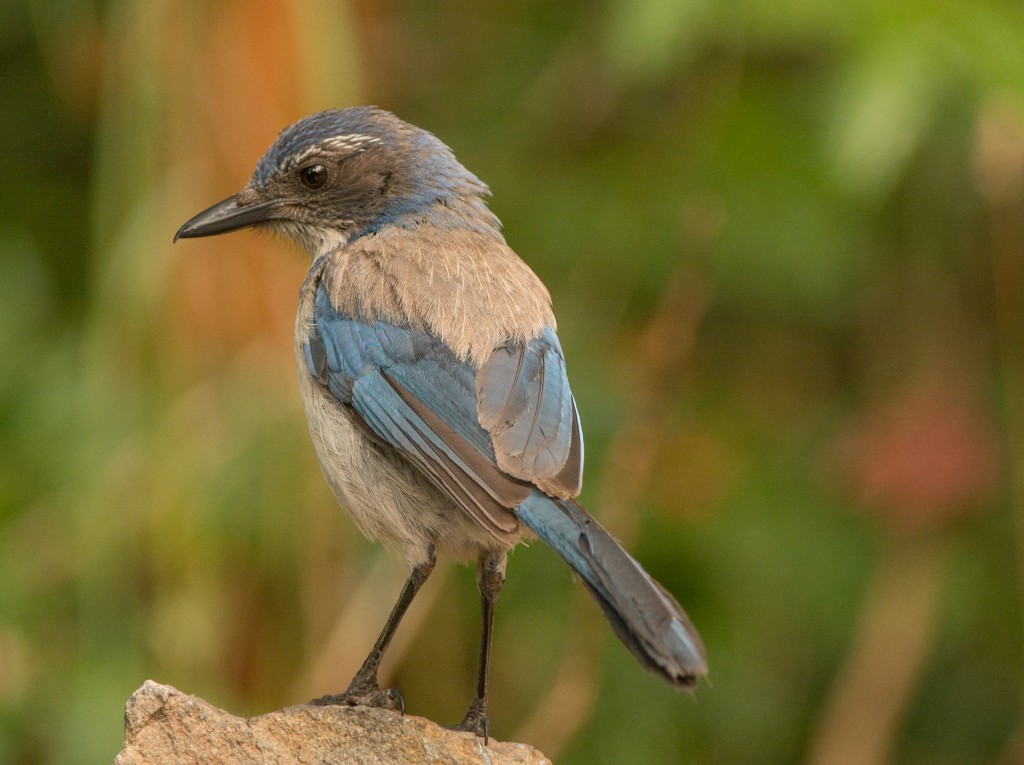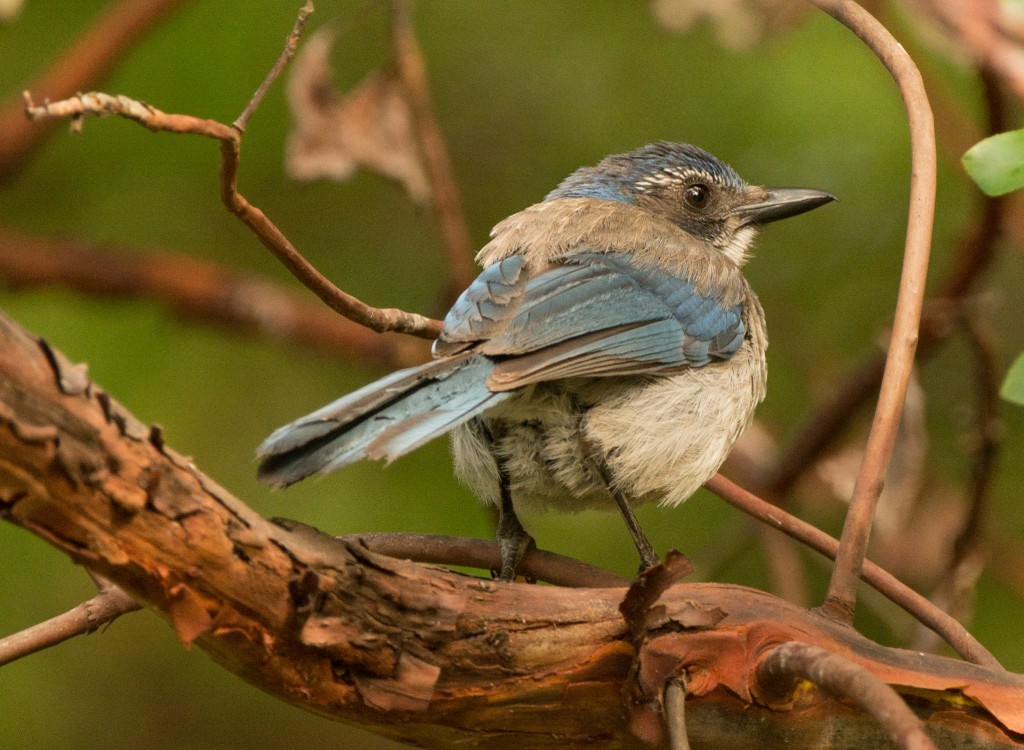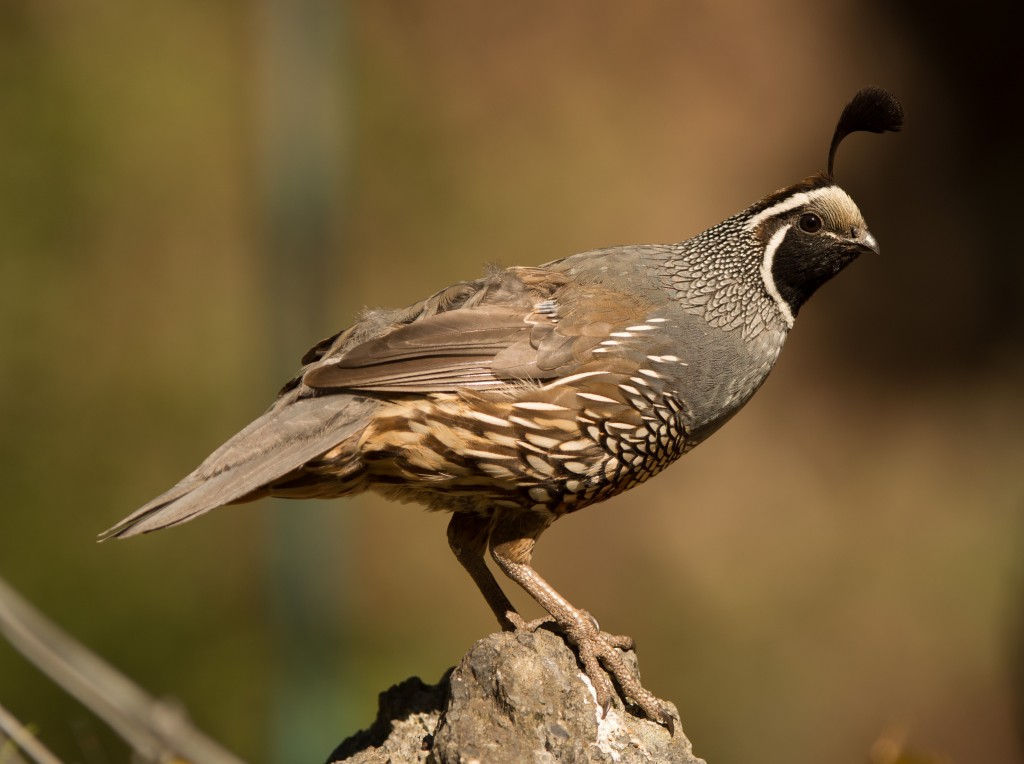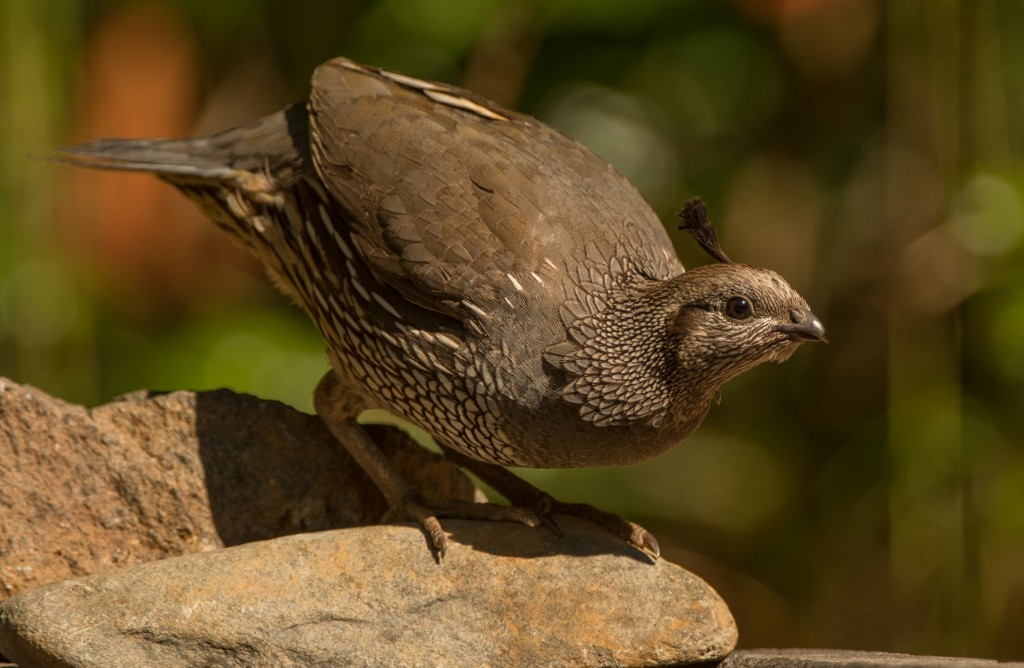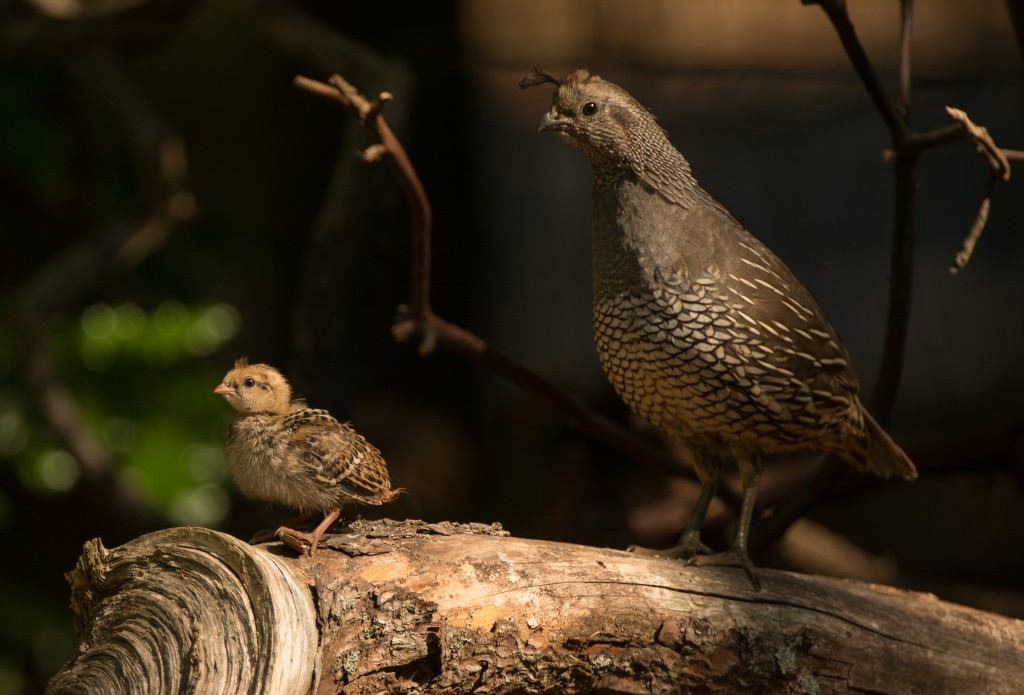It’s a tough, unpleasant job having to take up blogging again after having published photographs of a Western Scrub jay in your yard a couple of weeks ago! What can you possibly do for an encore?
The warblers have finally started finding their way back to the yard after a lull of a couple of months. In the last week we’ve had visits from a couple of Yellow-rumped warblers (including a beautiful male Audubon’s, an Orange-crowned warbler that took an extended bath and visits by both male and female Wilson’s warblers, which were conspicuously absent during the spring migration. I managed to get NO photographs of the birds, although I have many from earlier in the spring and prior years.
And though we had at least one family of Red crossbills with at least three young, they abandoned us two to three weeks ago.
A surprise visitor was this difficult to identify young bird, which is rather nondescript and somewhat resembles several other juvenile species.
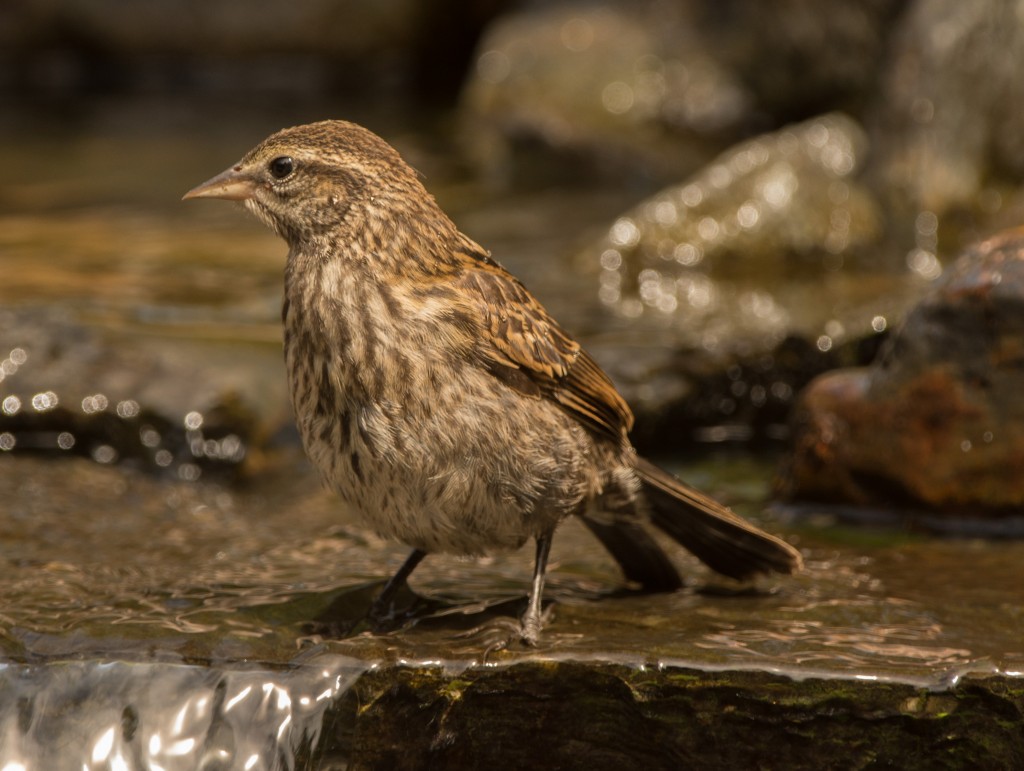
Fortunately I was provided a rather obvious clue shortly after its arrival…
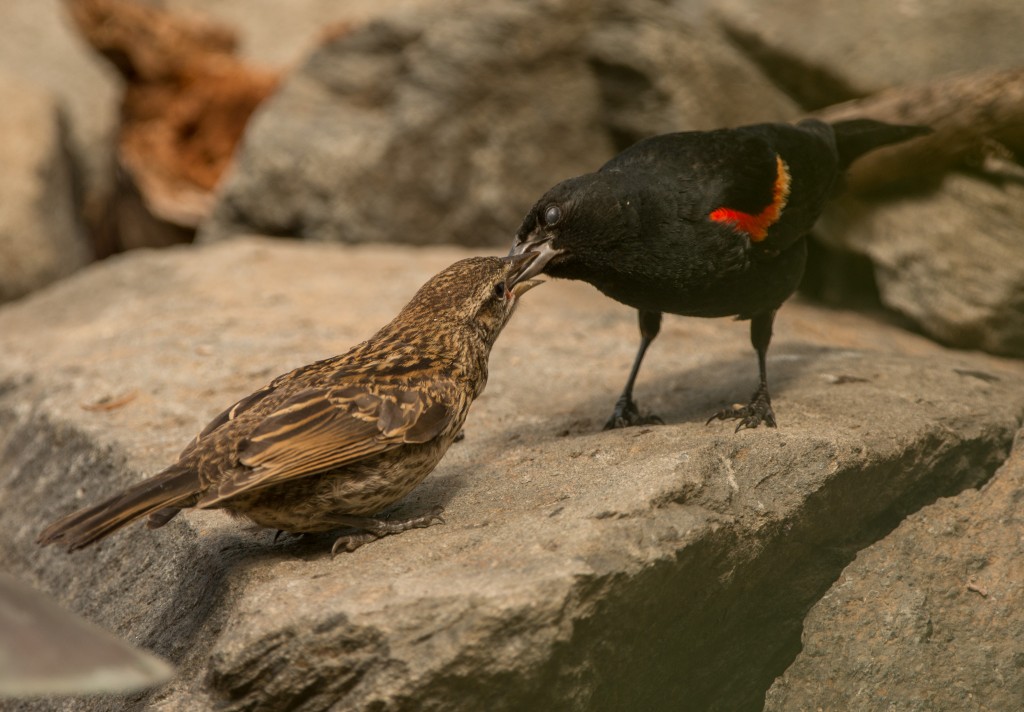
In past years adult Red-winged blackbirds have made rather frequent trips to the feeders during the breeding season, my theory being to keep from spending too much time away from the nest. This is the first year when an adult has shown up so late and with one of the juveniles in tow.
We have successfully fledged at least a couple of White-crowned sparrows, another species that visits every spring but until last year (when they raised a Brown-headed cowbird) never spent the breeding season in the area. (I’m hoping that this is a photo of one of the juvenile White-crowned sparrows!)
Most of the male Rufous hummingbirds have already left on their fall migration, leaving only a few females and juveniles behind. (This may not look much like a Rufous hummingbird but I can defend my identification with other photos I took of the bird.)
Downy woodpeckers apparently successfully raised at least one, and possibly two (based on yard exit direction) families this breeding season. For weeks the young woodpeckers spent considerable time at the suet feeder before I took it down due to predation by European starlings. I had a neighbor that complained about the starlings and asked me what to do about them. I told him to leave his feeders up… it would mean fewer trips to my feeders!
But here is an interesting photo I took in early July. This female Downy woodpecker was on one of the staging sticks by a bird bath, and the bird spied a tiny insect hole in the stick. Here you can see her inserting her tongue into the hole to explore for food! This can’t be a good way to make a living!
A curiosity about birding identification. I code my photographs with the sex of the birds when I can make that determination. If the bird is a juvenile I also apply a code for that. But at this time of year the sexual identification gets somewhat problematic for some species, such as some warblers, hummingbirds, grosbeaks, goldfinches, House finches, crossbills, etc. The sexes of birds of these species, and others, can’t be safely established by someone with my lowly birding skills. So in many cases I’m left knowing only that the birds are either juveniles or females.
And finally, presumably during the night of July 19/20, a large dead pine tree in the yard, which was a lot more rotten than I realized, fell over and landed immediately adjacent to the place from which I photograph birds in the watercourse! Had I been sitting in my usual place when it happened it wouldn’t have mattered that it physically missed me… I would have been so frightened that I would have had a heart attack! This dead tree held a suet feeder and was the primary staging tree for the yard, often giving me advance notice of special arrivals. I’m still trying to figure what to do about it, but my current thought is to try to find a smaller dead tree and bury the butt end in the ground. If you have any candidates I would like to hear from you!

